Aurora and rare moonbows light up the night
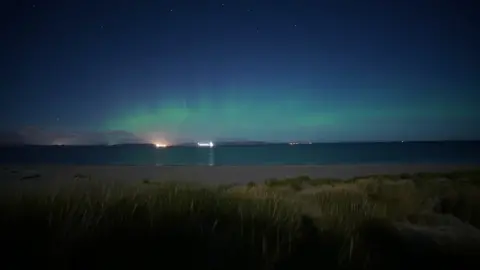 Jamie Fraser
Jamie FraserThe Aurora Borealis could be seen in the skies from parts of Scotland overnight.
Also known as the Northern Lights, the displays are linked to activity on the surface of the Sun.
The aurora is caused by the interaction of solar wind - a stream of charged particles escaping the Sun - and Earth's magnetic field and atmosphere.
When weather conditions are favourable, Scotland, northern England and Northern Ireland offer some of the best places to observe the aurora, or Northern Lights as the phenomenon is often known.
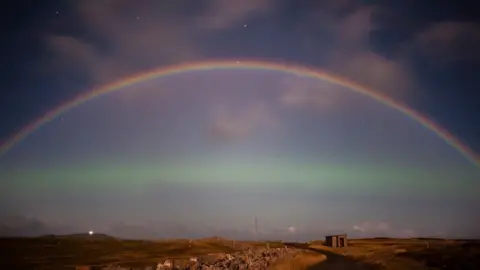 Andy Walker
Andy Walker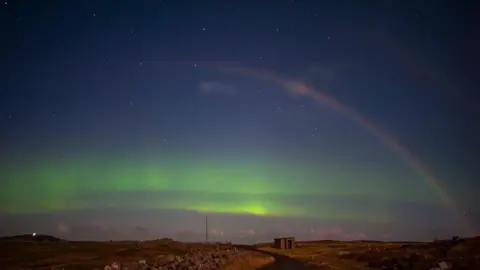 Andy Walker
Andy WalkerMoonbows were also spotted overnight.
Also known as a lunar rainbow, the rare optical phenomenon is caused when the light from the moon is refracted through water droplets in the air.
 Andrew Allan
Andrew Allan Gordon Mackie
Gordon Mackie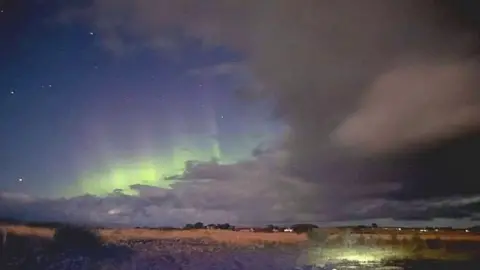 Ruth Adams
Ruth Adams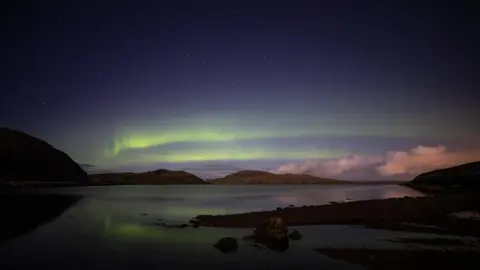 Simmer Dim/BBC Weather Watchers
Simmer Dim/BBC Weather Watchers Mercuryblue/BBC Weather Watchers
Mercuryblue/BBC Weather Watchers